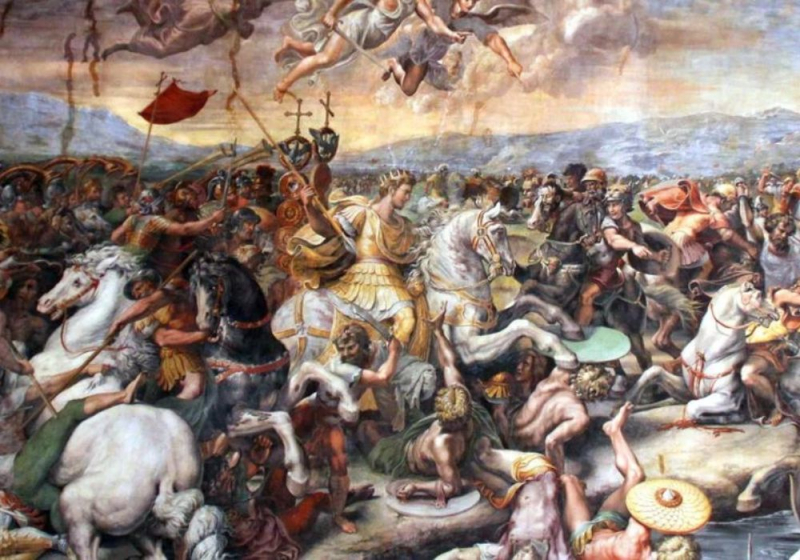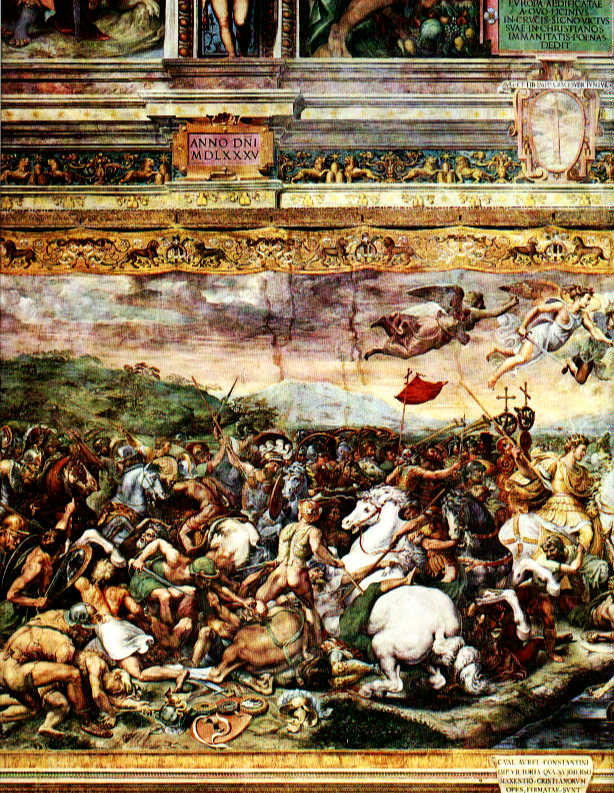The Civil Wars of the Tetrarchy
In the short term, Diocletian's tetrarchy made Rome easier to rule, but having numerous emperors was also a formula for civil war. The first significant issue arose in A.D. 306, when the usurper Maxentius - the son of a previous ruler by the name of Maximian - joined forces with the Praetorian Guard to establish himself as the Roman emperor. When Maxentius summoned his much-revered father out of retirement to govern with him, the Western Emperor Severus promptly marched on the city to challenge him. However, his army deserted him and he was killed as a result.
Rome's leadership deteriorated over the following few years, becoming entangled in a labyrinth of plots, intrigue, and pretenders to the throne. There were once no fewer than six guys who called themselves "Augustus." When the Emperor Constantine entered Italy over the Alps and killed Maxentius at the Battle of the Milvian Bridge in 312, the plotting eventually broke out into open warfare.
After forming an alliance with Licinius the Emperor, Constantine later turned against him and started yet another civil war. When the smoke eventually cleared in 324, Constantine was the sole ruler of both the Western and Eastern Roman Empires and the Tetrarchy was no more. He was the first emperor to convert to Christianity, opening a new chapter in Roman history, although the stability was only fleeting. Rome was divided into an eastern and western empire just a few decades after his passing.








